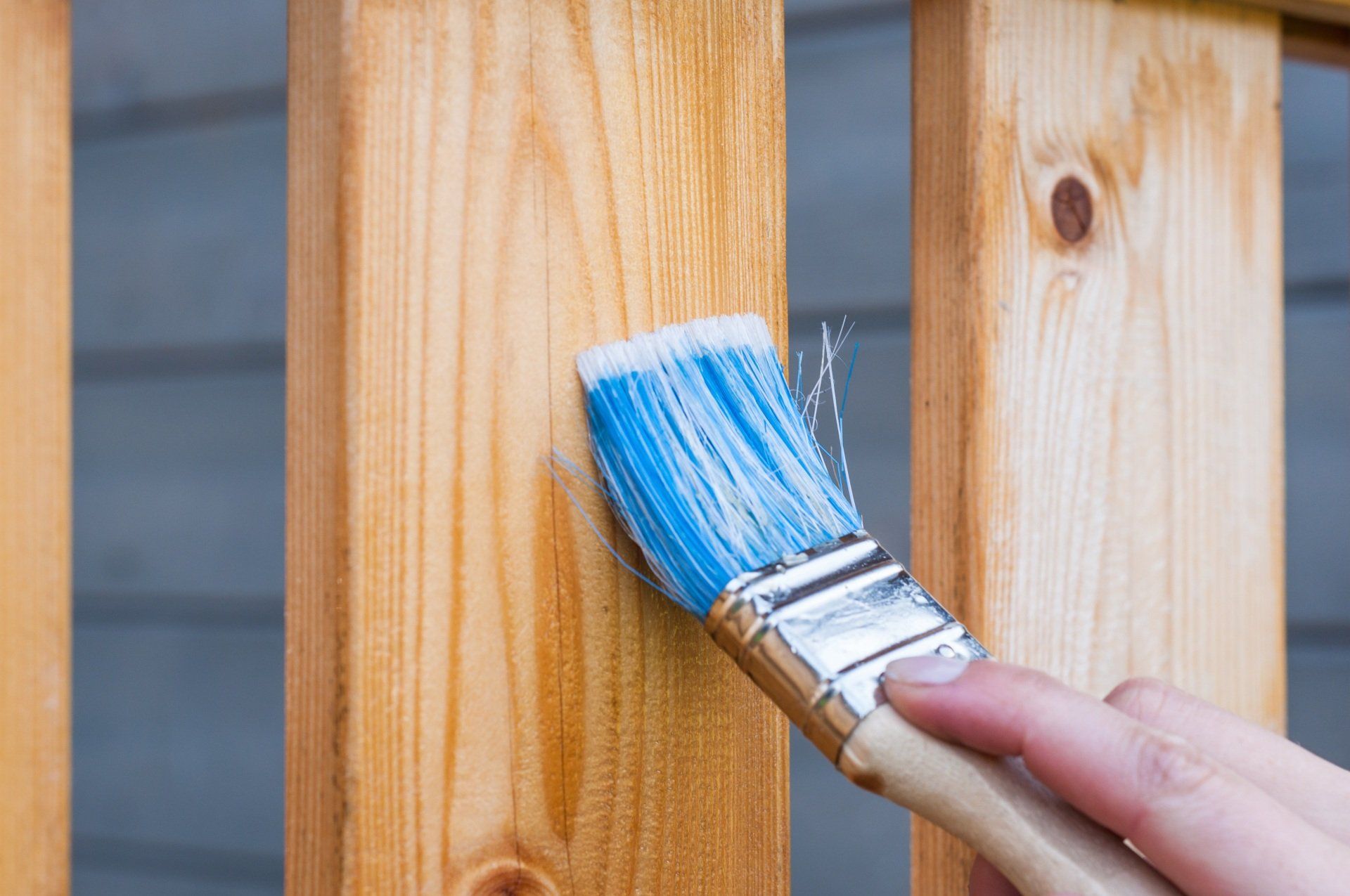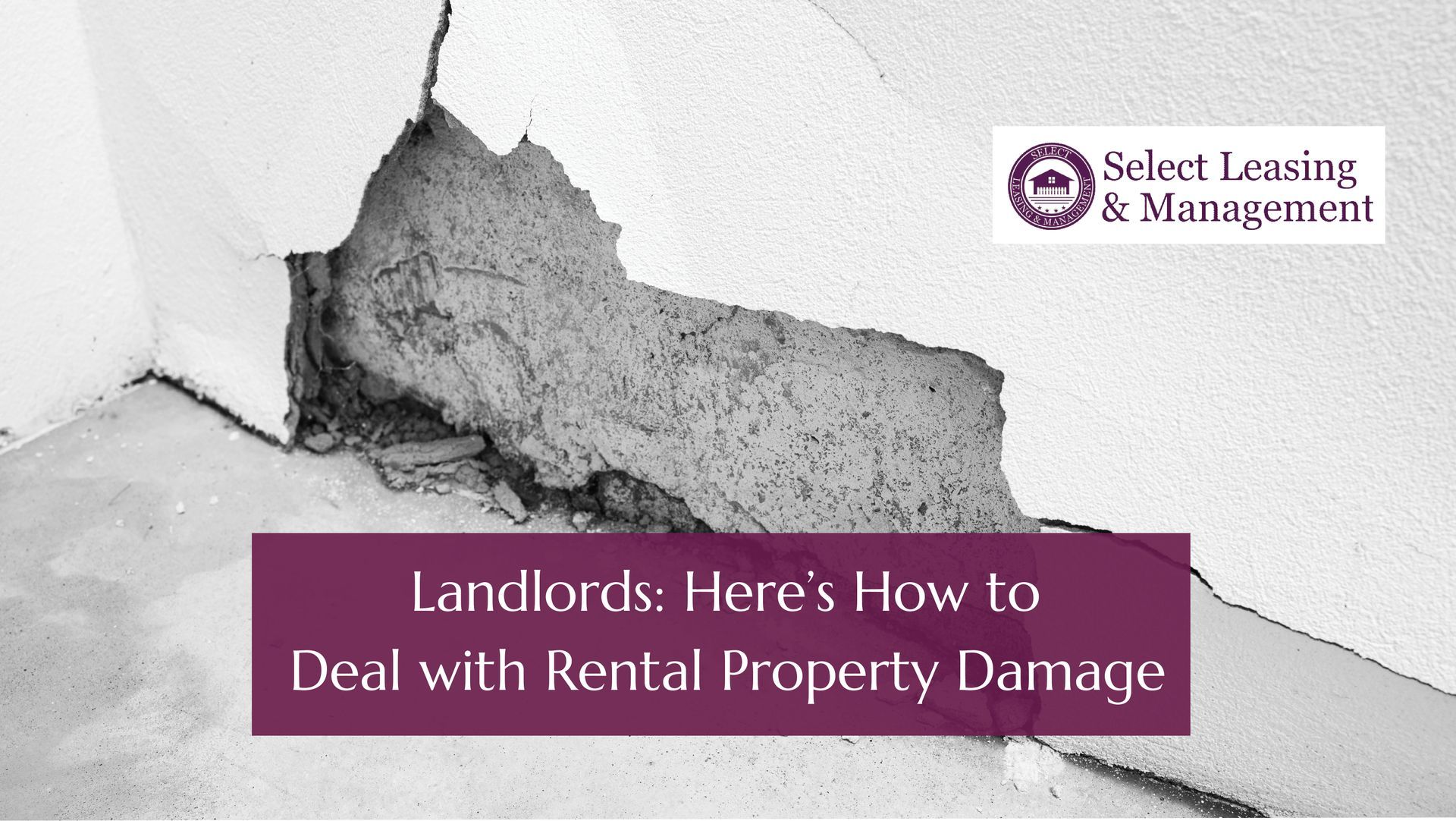Getting the Most Out of Renovating Older Apartments and Investment Properties

In St. Louis there are single family homes and apartment buildings constructed in every decade going back more than a century. These older properties have the potential of being vintage gems—or rundown eyesores. The difference, when it comes to investment properties, is how much time, effort, and money an owner is willing and able to invest in renovations.
How a rental property owner approaches renovating older apartments will be different for a 100-year-old building and one built 30 years ago. But no matter the age, updating and renos are a necessary—and beneficial—part of owning investment properties.
Boost Investment Property Bottom Line by Renovating
Even the nicest apartments can’t stay that way forever. Time, tenant wear-and-tear, and evolving standards and styles mean that, eventually, properties will need a refresh—if not a total upgrade. While renovating older apartments can call for a significant investment, it can also provide exceptional returns.
Whether rehabbing a distressed foreclosure bought for a song, or modernizing a property owned for years, renovating older apartments has distinct advantages:
Attract better tenants. Landlords who care enough to fix up older apartments are more likely to attract tenants who care about the condition of their home. On the flipside, renters in rundown units might feel free to be messy or even destructive.
Increase rent revenue. It goes without saying that the nicer the apartment, the more people are willing to pay. An older apartment that has been updated and modernized is more desirable than one that needs work. Money invested in renovations can be recouped, at least in part, by raising rent.
Reduce maintenance costs. When things are old and worn out, fixing them again and again will eat away the maintenance budget and the bottom line. New features in investment properties (think HVAC, windows, fixtures, appliances) can save on repair costs in the long run.
Improve resale value. Whether an investor intends to flip or keep an investment property, renovating will help increase the value of the real estate.
Tips for Making Renovation Decisions

A successful project always starts with a well-thought-out plan and some careful decision making. Consider the following when planning to renovate older apartments:
Set a budget. When renovating older apartments, it can be easy to go over budget. Landlords need to know what they can afford (or borrow) and how it aligns with cost estimates for each part of the project. Talk to financial advisors and contractors to understand what is realistic.
Expect the unexpected. Renovations have a tendency to uncover the unknown—and that can be expensive! Finding mold behind the drywall or that the wiring was done incorrectly can add to the list of projects in an old apartment building. And these “surprises” often must be fixed first for safety’s sake.
Hire professionals. It is best to leave substantial renovations to the experts. Find contractors who are reliable and know their stuff. Property management companies can be a great help in renos: They typically have a wide variety of trusted resources and can even help coordinate the work.
Prioritize. When it comes to renovations, kitchens and bathrooms are considered “high value rooms” that appeal to buyers and renters. But renovating older apartments might mean there are more important things to address such as new electrical, plumbing, or HVAC. Landlords need to pick their battles to get the most value out of their renovation budget.
Keep or scrap. There can be a lot of charm in older apartments. Landlords must decide what features add to the vintage look (built-in shelves, crown molding, or a stained glass window), and which are just old or inefficient (antique light fixtures or a tub without a shower).
Target the market. Understand what the target tenants want in an apartment and invest money there. For example, if renting mostly to families, having a more functional kitchen or adding even a half-bath can be a great idea. A building catering to students of a nearby university will do well if there is good security and units are Wi-Fi-ready.
Choose materials wisely. Remember that investment properties can potentially have a lot of different tenants and some may not take very good care of their surroundings. Pick things like flooring, countertops, and fixtures that are practical and able to withstand heavy use. Stay away from the upper and lower end for quality and price ranges.
Respect tenants. Ideally, renovating older apartments happens while they are vacant. But this is not always possible. If work is to happen while units are occupied, give tenants 60 to 90 days notice. Explain what will happen and how you plan to work around their schedules. Hopefully, they will see the planned improvements as being worth the inconvenience.
Start With a Simple Refresh
When it comes to renovating older apartments, safety issues come first. If there are hazards such as windows that don’t lock or loose banisters, those of course need to be addressed immediately. Once those are done, landlords can turn to other ways to improve the property.
When the budget is tight, some small changes can make a difference. Of course, every time a tenant moves out, the apartment should be thoroughly cleaned and things repaired. Beyond that, the following are relatively inexpensive things that serve to refresh the property:
- Paint walls.
- Replace carpet and tile.
- Update light fixtures.
- Change cabinet hardware.
- Refresh landscaping and the exterior of the building.
Renovating Older Apartments Takes More TLC
As a building gets older, more effort is needed to update and modernize it. As the budget allows, the following investments will enhance the tenant’s experience and make the property more valuable:
- Update the electrical system, especially if it has old-fashioned knob and tube wiring.
- Replace rusting galvanized steel pipes.
- Improve energy efficiency with new windows, HVAC, or water heater. Add insulation.
- Consider renovating the kitchen with new countertops, cabinets, floor, and appliances.
- Redo bathroom tile, vanity, and tub.
- Old apartments often have small closets. Reconfigure unused space or add closet racks and shelving to maximize storage.
A Total Transformation
Investors who have the funds may choose to do a total gut rehab and completely transform rental units. Changing the floorplan is a large undertaking, but with the help of an architect, it can be done.
When space allows, adding a functional room will instantly increase the amount of rent that can be charged. Perhaps a dining room or enclosed porch can be reimagined as a bedroom or office. Or a section of a large bedroom converted to an en suite bathroom. Knocking down walls can provide an open floor plan which is not common in old buildings.
Short of creating more square footage out of thin air, the possibilities are endless for someone with the time and money to invest in renovating older apartments.
Renovating ROI
Older apartments can be great investment properties, as long as landlords keep them up-to-date. This means making periodic renovations to keep units competitive in the rental market.
The necessary changes can be a significant investment. But improved occupancy and higher rent revenue will almost certainly result. And newer features mean less day-to-day maintenance and repairs. If employing a property management company like Select Leasing & Management, discuss the changes with them. They can offer advice and resources to address the projects with the best ROI.
Landlords who have made the effort to renovate older buildings agree: It’s worth it.
Image by Canva.com
Share this post










